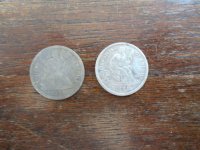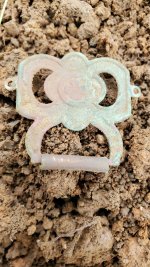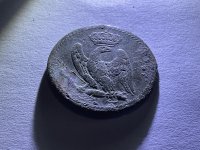Hi everyone  I found a some rocks that me and my friend think might be a meteorites. I think we've done every possible home test to verify it and all of them came back positively. Is there any chance someone can direct me where to go to check it professionally please? I don't wanna put my hopes too high but my friend is super excited 😅 what do you think: meteorite or meteowrong? 😄😅
I found a some rocks that me and my friend think might be a meteorites. I think we've done every possible home test to verify it and all of them came back positively. Is there any chance someone can direct me where to go to check it professionally please? I don't wanna put my hopes too high but my friend is super excited 😅 what do you think: meteorite or meteowrong? 😄😅




 I found a some rocks that me and my friend think might be a meteorites. I think we've done every possible home test to verify it and all of them came back positively. Is there any chance someone can direct me where to go to check it professionally please? I don't wanna put my hopes too high but my friend is super excited 😅 what do you think: meteorite or meteowrong? 😄😅
I found a some rocks that me and my friend think might be a meteorites. I think we've done every possible home test to verify it and all of them came back positively. Is there any chance someone can direct me where to go to check it professionally please? I don't wanna put my hopes too high but my friend is super excited 😅 what do you think: meteorite or meteowrong? 😄😅







